When you hear the word “Aggregate”, what comes to mind?
The Merriam-Webster Dictionary defines it as: “material formed by the collection of units or particles into a body, mass, or amount” or “composed of mineral crystals of one or more kinds or mineral rock fragments”.
For our topic, we’ll be specifically defining construction aggregate, or simply “aggregate”, which you’ll mostly hear in the groundworks and construction industry.
You can check with your local aggregate suppliers about the types of aggregate they offer, but knowing what exactly you need is important. Let’s explore the different types of aggregate and their uses.
The categories of aggregates include gravel, sand, recycled concrete, slag, topsoil, ballast, Type 1 MOT, and geosynthetic aggregates (synthetic products commonly used in civil engineering projects used to stabilise terrain). Let’s detail a few of them.
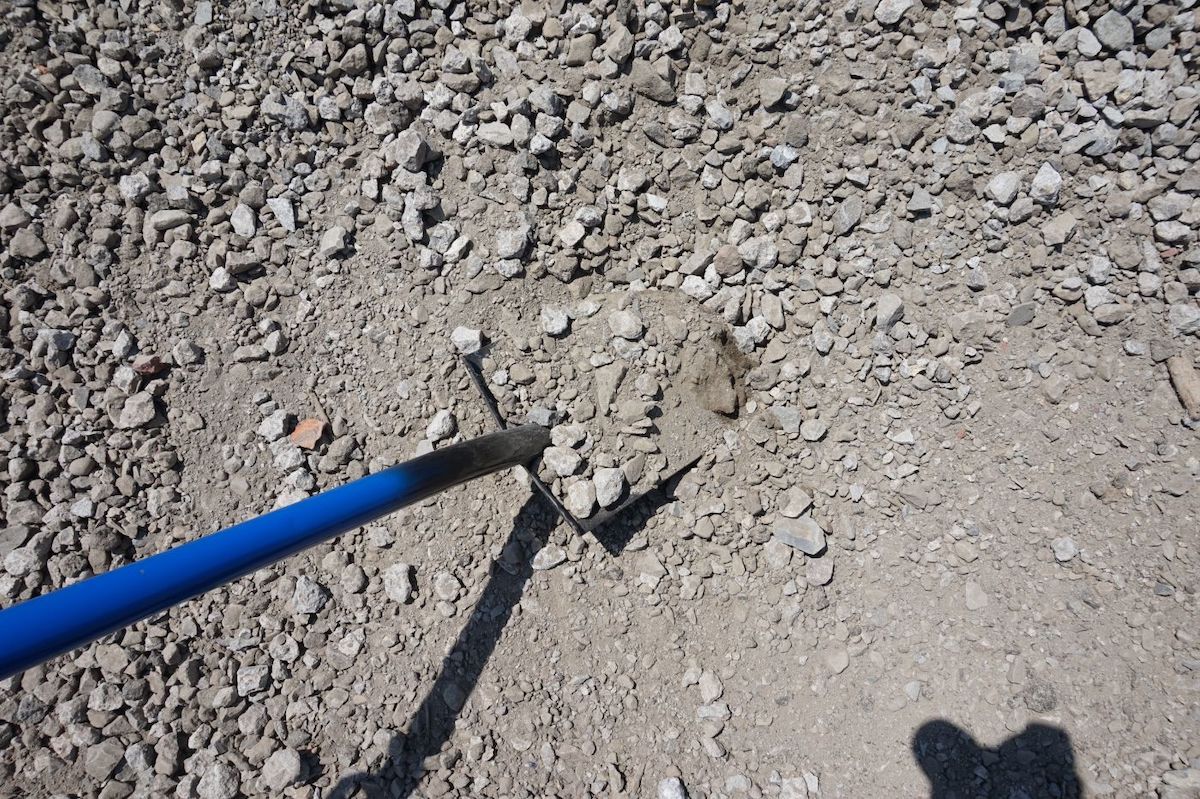
What is it? - Crushed concrete is mostly recycled material.
How is it made? - It is either gathered from demolished sites or excess from construction projects.
Is it for you? - If you need it for either trench fills, backfills, over-site fills and as granular sub-base for deeper areas over 150mm, then this is for you.
Different types of Crushed concrete:
Demolition and construction sites can create large masses of wasted building materials. This gives homeowners the perfect material for a sub-base, among many other uses. These concrete paving stones and broken pieces can be used to build walkways and new paths around the garden. If you want to get creative, they can also be used for raised garden beds.
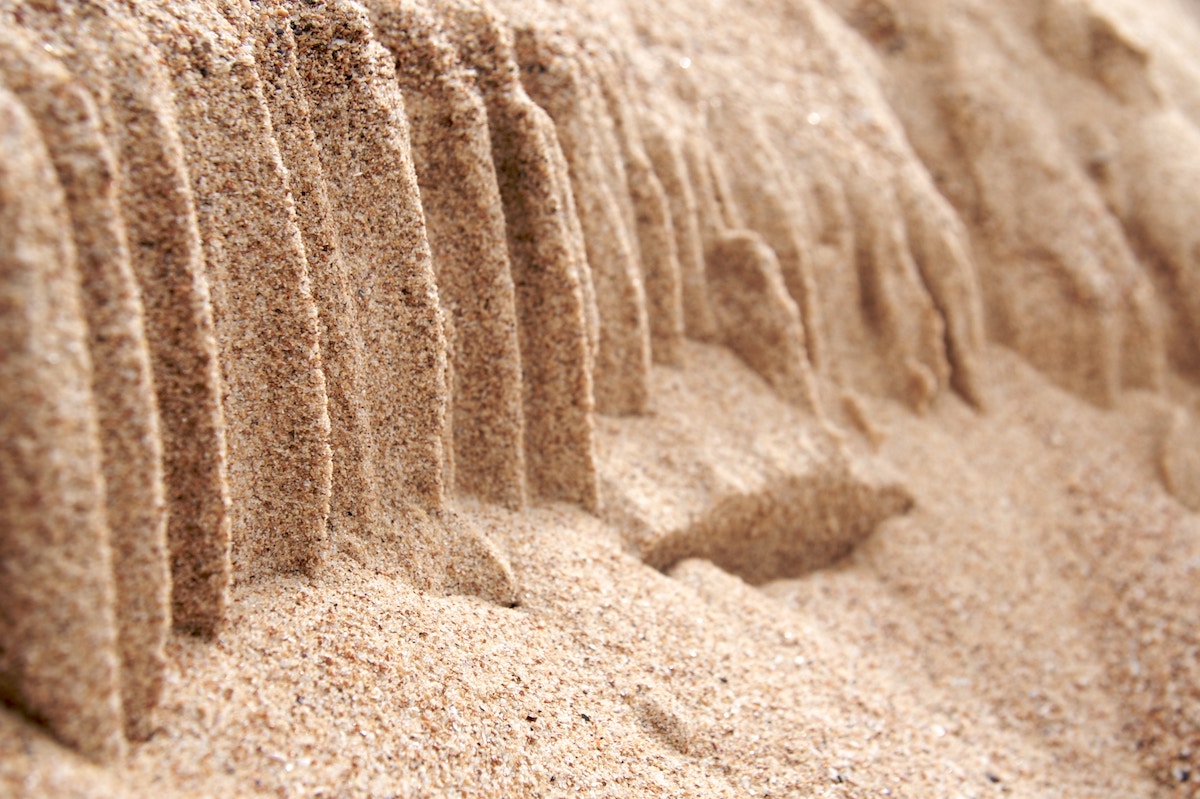
What is it and how is it made? - Sand is composed of silicon dioxide in the form of quartz. The planet naturally makes it.
Is it for you? - If what you need is either brick manufacturing, landscaping, concrete component, water filtration, agriculture, then this is for you.
Different types of sand:
Sand’s abundance on the planet is as great as its usefulness. It works well as a cushion for a play area, it can clean up an oil leak, and can even give your paint some grip if you add 2 cups of paint with a ¾ cup of sand. It is very commonly used in the construction industry because it can provide strength, bulkiness, and other properties to construction materials, such as asphalt and concrete.
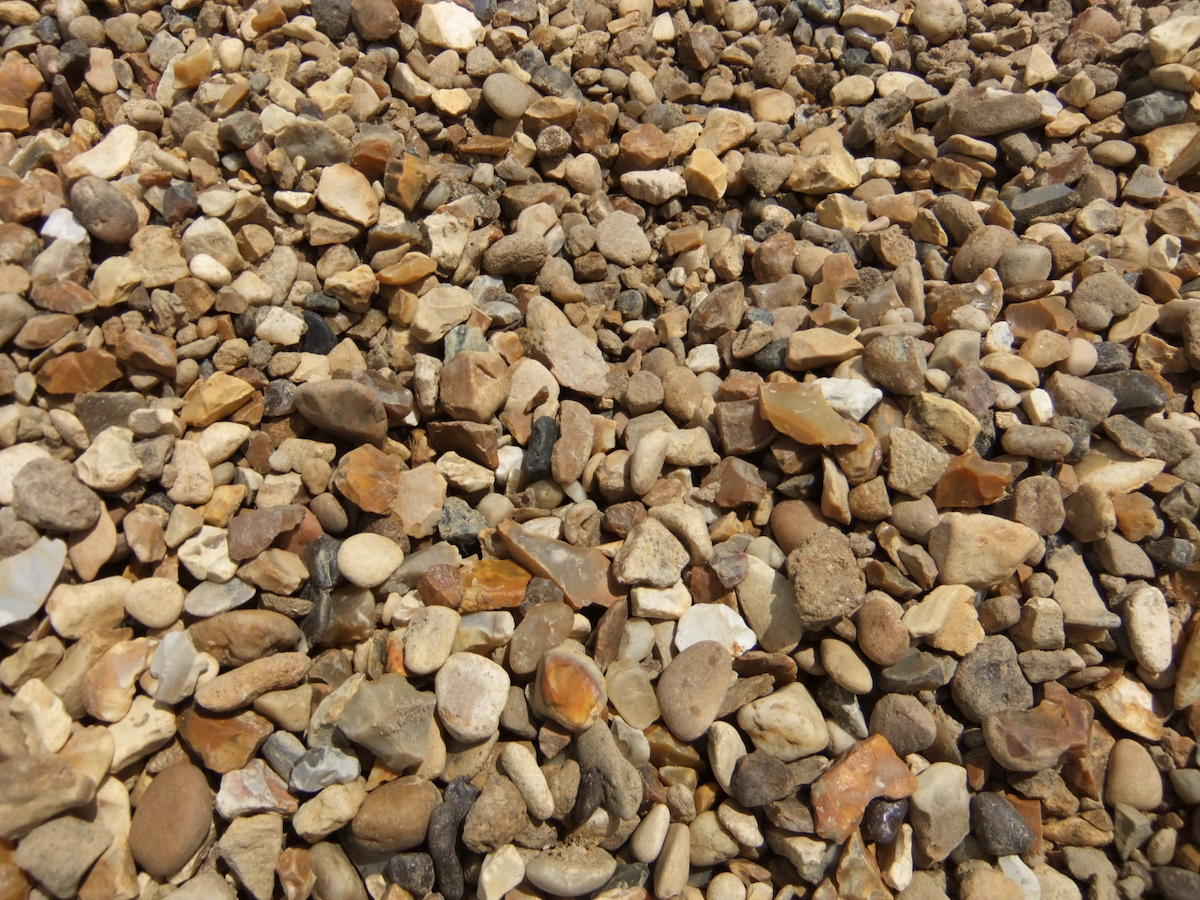
What is it? - Gravel is a tough wearing material. By definition, it is a “loose aggregation of small water-worn or pounded stones.”
How is it made? - It is a group of unconsolidated rock fragments. Gravel can be made in two ways. First, it can form naturally in riverbeds, streams, and other geographical formations. The second, which is used to create construction-grade gravel, is when you crush a group of large rocks together until you’re left with irregular-shaped fragments.
Is it for you? - If what you need is either garden paths, borders, driveways, drainage, pebble dashing, then this is for you.
Different types of gravel:
According to the NSSGA, gravel can be found almost everywhere since asphalt is composed of mostly gravel. Thus, every asphalt driveway, public road, and car park has at least some gravel in it. NSSGA has also found that aggregates are mostly used at least in a 50-mile radius of the area it was sourced from.
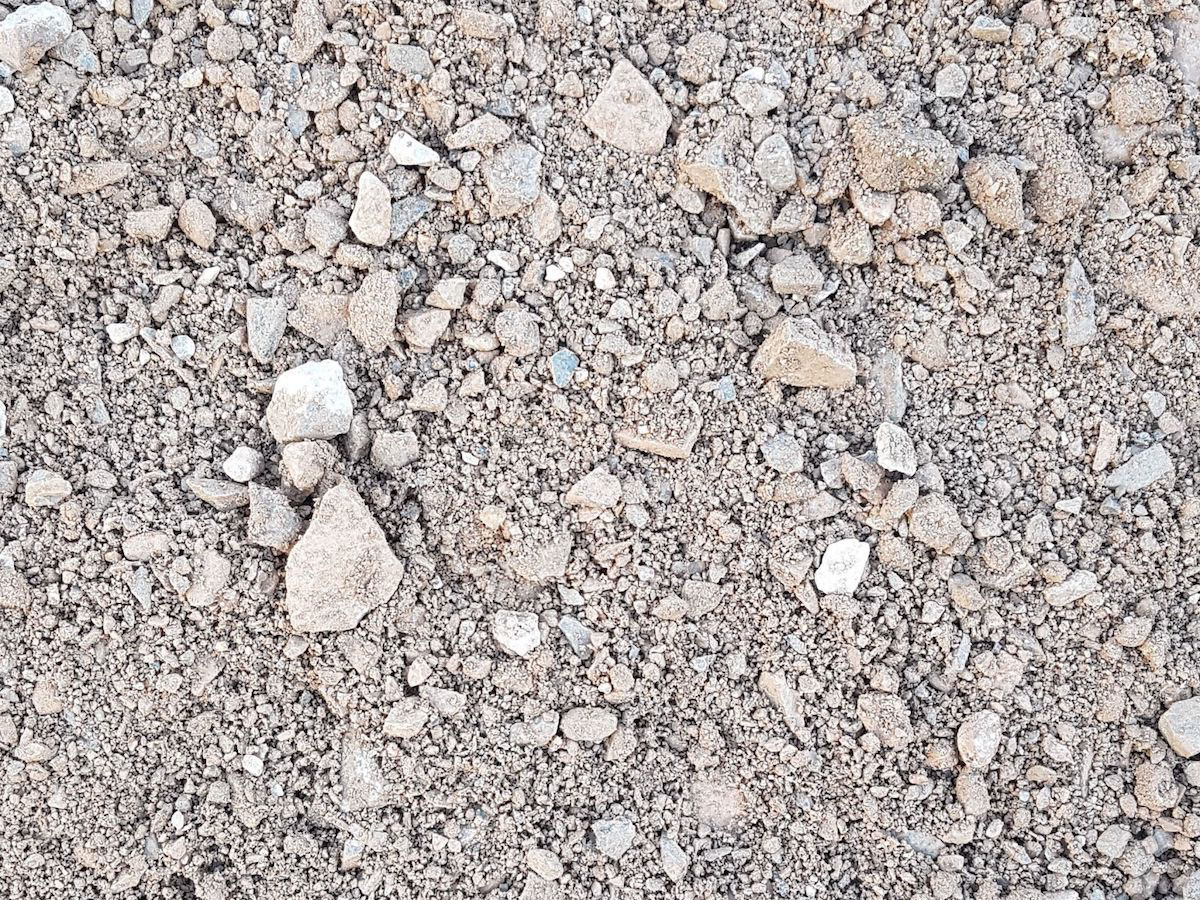
What is it? - It’s an approved granular sub-base material.
How is it made? - May be a sum of rocks such as granite or gritstone, as well as other hard, inert materials.
Is it for you? If what you need is either trench fills, backfills, over-site fills or as a sub-base for pathways, driveways, patios, etc., then this is for you.
Different types of Type 1 MOT
MOT stands for Ministry of Transport. Type 1 MOT is a stone that meets the standards of the MOT in terms of its strength, size, and composition for use as a compact sub-base.
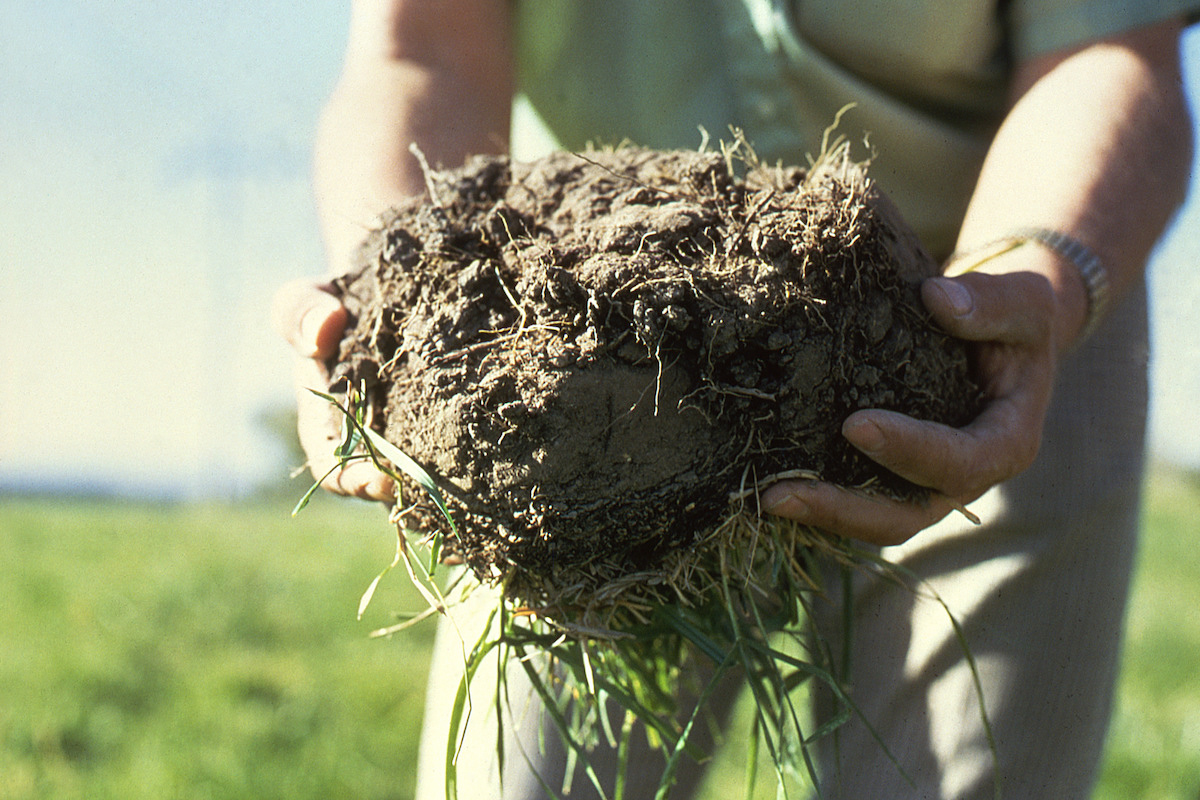
What is it? - Topsoil is rich soil which has been screened to remove contaminants.
How is it made? - By nature’s incredibly slow, natural process that could take a century.
Is it for you? - It is for everyone wanting a healthy garden.
Different types of Topsoil:
Topsoil is the answer for people wanting their plants to grow in the best possible way. It offers so many nutrients, and there is arguably nothing more suitable. Topsoil benefits the garden because it assists in improving the nutrient cycle, the amount of organic matter, and the soil’s water-holding capacity.
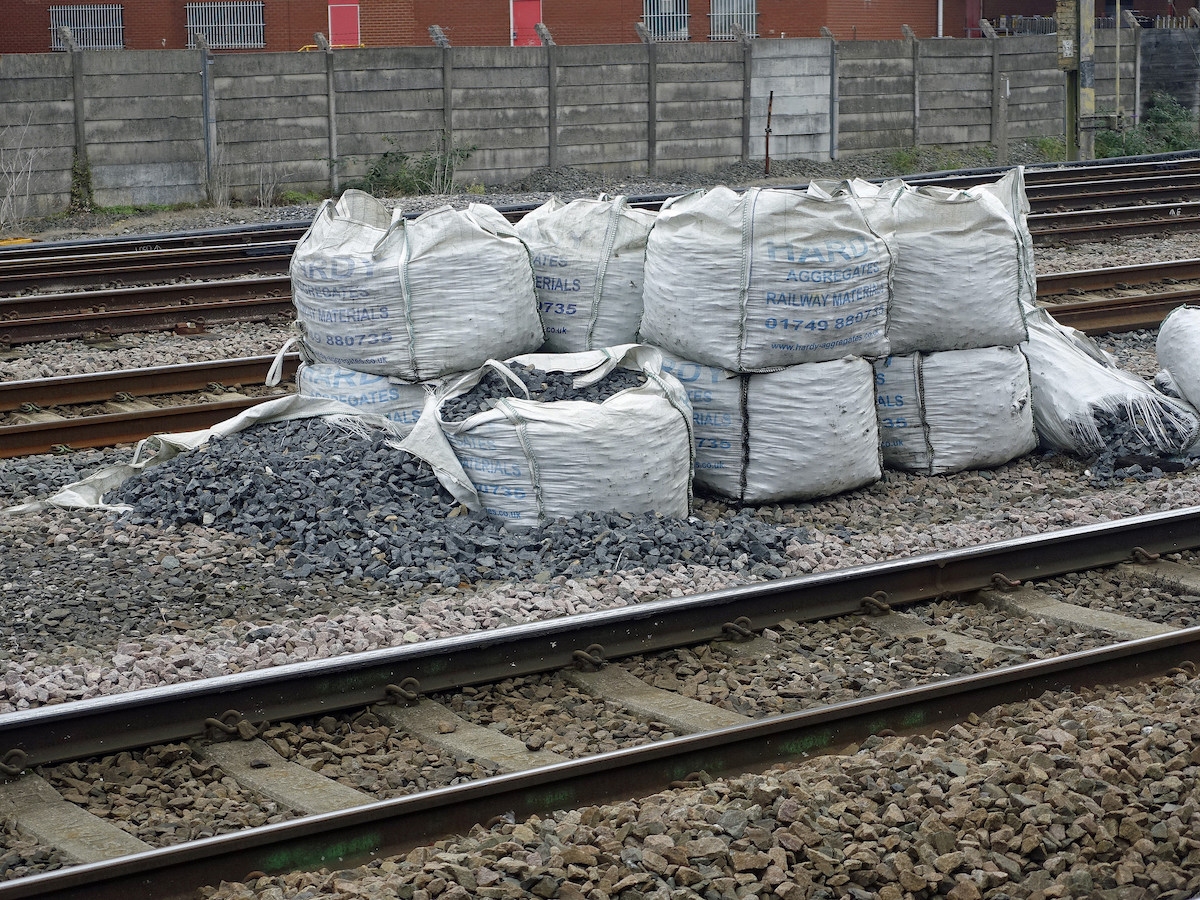
What is it? - Ballast is the coarsest form of aggregate available.
How is it made? - Typically made of crushed stone, although ballast has often consisted of less suitable materials such as burnt clay.
Is it for you? If what you need is either concrete mixes, filling gaps in hard core, as a concrete component, pathways, or major footings, then this is for you.
Different types of Ballast:
Other than infrastructure, the ballast is also used as a stability-aid for vehicles such as boats, submarines, ships, and even race cars.
Make sure you choose the proper aggregate for the intended purpose. Ensuring you use the right tools and have the best type of topsoil or aggregates for your home and garden is a good start. For all your garden and construction needs, contact Grabco and find out about all the different types of aggregates they offer.